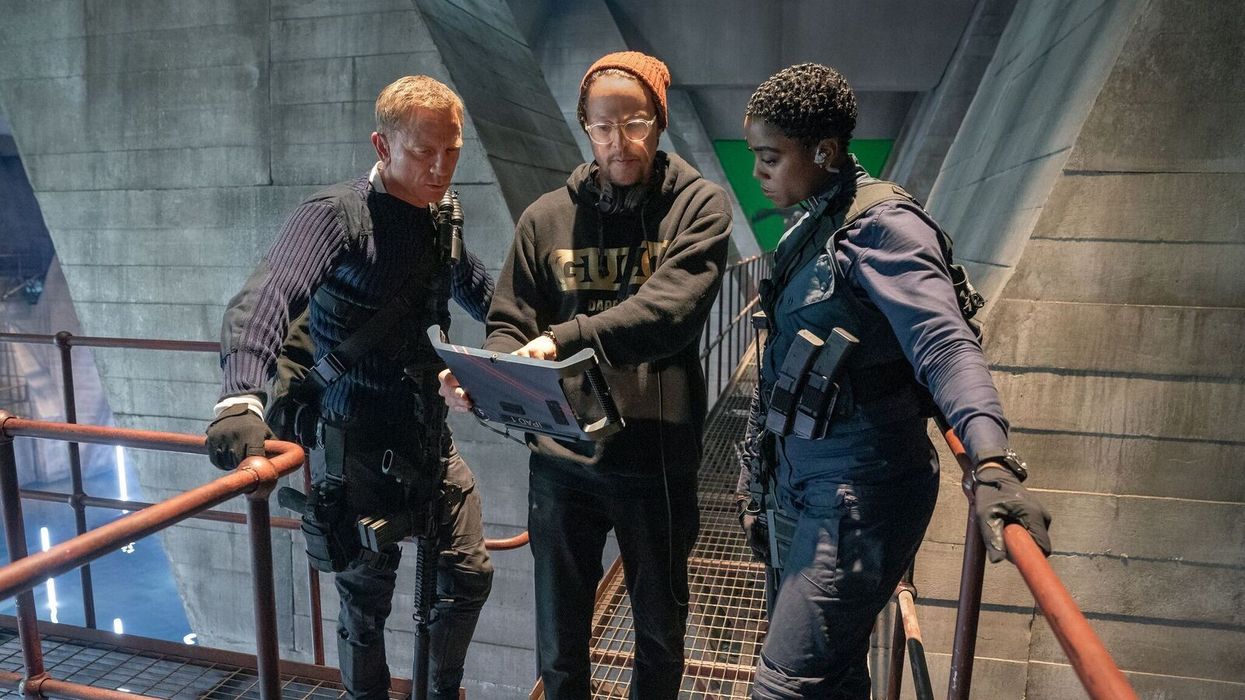Cary Fukunaga Talks About His Bond Experience and What's Next
What's it like to get behind the camera for Bond?

Cary Joji Fukunaga is one of our favorite directors around here. He always works on incredibly interesting projects and brings a part of himself to the table. His recent stint on Bond has been so interesting to watch.
He stepped in for the last Daniel Craig movie and helped bring that actor's run in the role home. He recently sat down with Collider to talk about his career and what he's planning on doing next. We know he's working on Napoleon, what else does he have in store?
Well, if you wanted to learn how Bond was shot and how Fukunaga tackled such a huge project, you've come to the right place.
Check out this video from Collider and let's talk after!
I loved listening to Fukunaga talk about his love for cinema and how much he enjoyed working on Bond. For him it was like working with a family. He was so impressed by the well-oiled massive Bond film endeavor, and how it could still feel like a mom-and-pop organization. They came up with the title halfway through the movie, bouncing ideas back and forth and eventually deciding on No Time to Die.
One of the more interesting parts of the interview was learning that the way he picked Linus Sandgren to be his director of photography on the movie was actually taking a recommendation from Emma Stone when they were shooting Maniac. It really is indicative of how well Fukunaga listens and collaborates. No Time to Die has 40 to 50 minutes of IMAX footage but couldn't do more because the movie shot at the same time as Tenet, and most of those cameras were being used by Christopher Nolan.
When it came to cutting Bond, Fukunaga created an assembly of the film that was around three hours long, but they managed to cut almost 20 minutes out by chopping out dialogue and trimming some of the connective tissue to tighten the movie. He's not worried too much about a director's cut, and he feels like what got into this movie was supposed to be there. Still, he's not sure some of those elongated scenes won't pop up eventually.
So much of his time was spent figuring out a way to execute scenes and working with perfect blocking so fights seemed real. And Fukunaga wanted to make sure he also got a lot of different angles and cool camera moves that Bond hasn't had before. Fukunaga found himself really collaborating with Craig to ease his worries over the long takes and new angles, and show him how they can unfold the story without editing as much. So keep your eyes peeled for one in the movie.
When it comes to the idea of returning to Bond, Fukunaga leaves that door open. Though he did admit he spent 20-some months on this last movie, and it might be time for him to explore what else Hollywood has to offer.
What were your favorite parts of this interview? Let us know in the comments.












